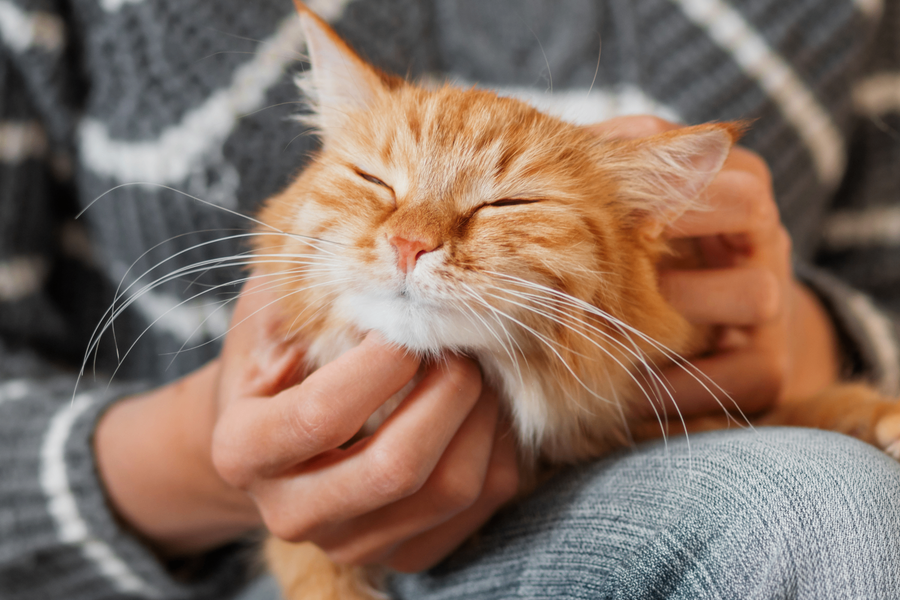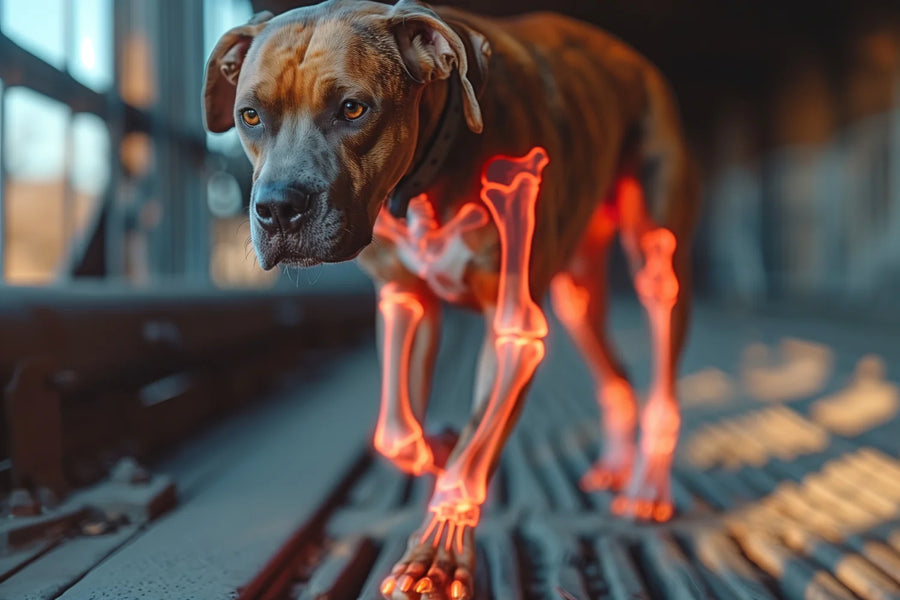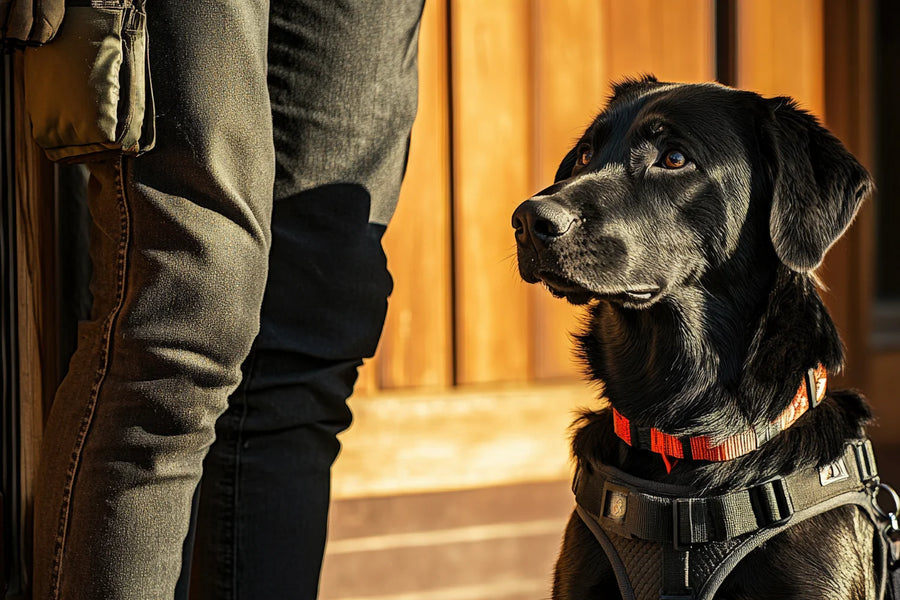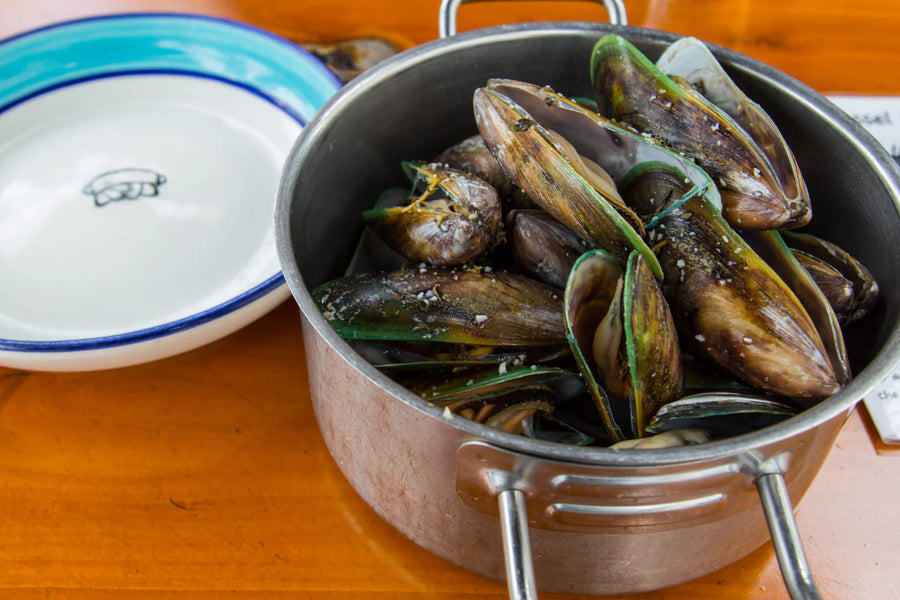Teaching your dog to roll over is a great way to strengthen your bond while providing mental stimulation for your pet. “Roll over” is a simple yet entertaining command that can help build trust between you and your dog, improving communication and cooperation.
Training your dog new skills during playtime also boosts their confidence and keeps their mind sharp. Whether you're a seasoned pet parent or new to dog training, learning how to teach this trick will give you both a sense of accomplishment.
This guide will walk you through the training process and show you how, with patience and consistency, your dog can master this exciting new skill.
What Do You Need for Successful Training?
Before starting roll-over training, ensure you have the right tools to set both you and your dog up for success. A quiet, distraction-free environment is key to focusing on the training process. Gather some high-value treats or toys to grab your dog’s attention and encourage them through positive reinforcement.
It’s also important to use comfortable, non-slip flooring to make training easier for your dog, particularly if they are still learning. Lastly, patience is essential; keep your training sessions short, around five to 10 minutes, to maintain your dog’s focus and avoid frustration. By setting up a calm, positive space, you'll help your dog learn faster and enjoy the process.
What Are the Four Steps To Teaching Your Dog To Roll Over?
1. Getting Your Dog's Attention
The first step in teaching your dog to roll over is to capture their attention. Start by choosing a quiet, distraction-free space where your dog can focus on you. Use a high-value treat or their favorite toy to get their attention, holding it close to their nose.
Gently move the treat to encourage them to follow it with their eyes and head. This movement will naturally engage their curiosity. Once your dog is focused on the treat or toy, you’re ready to begin the next steps of training. Keep your tone upbeat and positive to create a fun atmosphere for your dog.
2. Introducing the “Roll Over” Command
Once your dog is focused on you, it’s time to introduce the “roll over” command. Start by having your dog lie down on their side in a comfortable position. Hold the treat close to their nose, and slowly move your hand in a circular motion toward their shoulder, guiding them to roll onto their back.
As your dog follows the movement, verbally say the command “roll over” in a clear, consistent tone. Once they roll onto their back, reward them immediately with praise and a treat. Repeat this several times so your dog associates the command with the action.
Patience is key during this step; it may take a few attempts for your dog to catch on. Continue practicing this process during short training sessions, gradually helping your dog associate the action with the verbal cue.
3. Rewarding Progress and Reinforcing Behavior
As your dog begins to roll over in response to the command, it’s important to reward their progress to reinforce the behavior. Use a combination of verbal praise, a treat, and gentle petting to celebrate each successful attempt, even if it’s only part of the full roll.
Be consistent with your rewards, ensuring your dog understands that rolling over earns them a positive outcome. If they struggle, be patient and avoid showing frustration.
Instead, break the trick down into smaller steps and reward each step they complete, such as rolling halfway or turning their body toward the correct position. This keeps them motivated and builds their confidence.
Over time, aim to reduce the frequency of treats but continue to offer praise. This helps your dog associate the behavior with positive reinforcement and encourages them to perform it more reliably in the future.
4. Practice and Refining the Roll Over
Once your dog has a basic understanding of the roll-over behavior, it’s time to refine their technique through practice. Begin by gradually reducing the amount of guidance you give with your hand. Allow your dog to perform the roll-over more independently, but still use the verbal cue and provide immediate praise when they complete the trick.
If they seem to struggle or revert to old habits, don’t be discouraged. Instead, just go back a step and provide more assistance. Practice short, consistent sessions multiple times a week to keep their training fresh and engaging.
As your dog gets better, try practicing in different locations or with more distractions, helping them to generalize the behavior. This will strengthen their response to the roll-over command and help your dog learn to perform the trick with greater precision, even when faced with new challenges or environments.
What Are Training Tips?
Training your dog to roll over requires patience and consistency. Equally important to ensure your pup can keep learning physical tricks as they age is maintaining and supporting their joint health.
While you're working on building a successful trick, don't forget that joint supplements can support your dog's mobility and ease any discomfort that may affect their performance.
Avoid rushing the process or expecting perfection right away, as dogs learn at their own pace. Keep training sessions short, positive, and fun to maintain focus, and always finish on a successful note to boost confidence. Frequent, manageable practice sessions and consistent repetition of cues, gestures, and rewards will help solidify the roll-over trick.
Wrapping Up
Teaching your dog to roll over is a fun and rewarding experience that strengthens your bond. With patience, consistency, and the right training techniques, your dog will master the trick.
Remember to support their joint health with products like Antinol Plus to ensure comfort and mobility throughout the training process. This natural, sustainable supplement contains a marine lipid concentrate (green lipped mussel and krill oils) proven to work better and faster for joint health than glucosamine and chondroitin.
With the help of Antinol Plus, it will be easier for your dog to focus and stay engaged during training without any added joint discomfort.
The information contained within this blog is for educational purposes only and is not intended to serve as a substitute for professional veterinary advice. When introducing new items into your pet’s diet, consult with your veterinarian.
Sources:
Give It Time! When it Comes to Dog Training, Patience is Important | American Kennel Club
Positive reinforcement training | The Humane Society of the United States




